A Soyuz TMA-16M spacecraft carrying a new expedition to the International Space Station (ISS) successfully blasted off into space from the Baikonur launch facility on March 27, 2015.
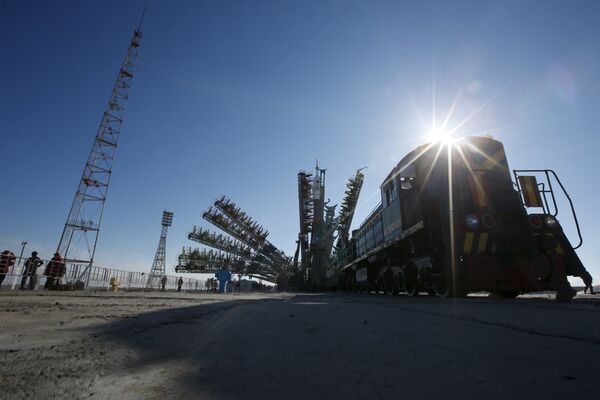
The Soyuz TMA-16M spacecraft is lifted to its launch pad at the Baikonur cosmodrome. March 25, 2015
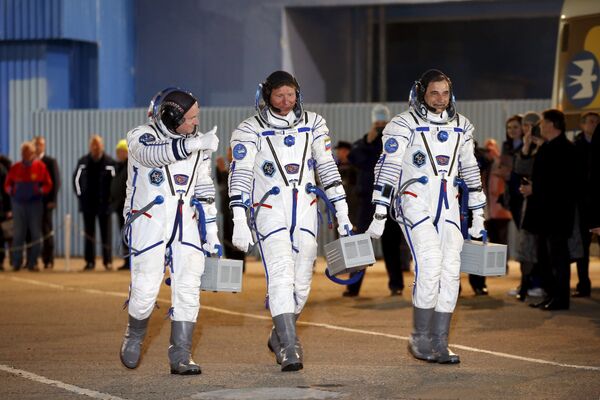
The new ISS crew consists of US astronaut Scott Kelly and Russian cosmonauts Mikhail Kornienko (R) and Gennady Padalka (C).
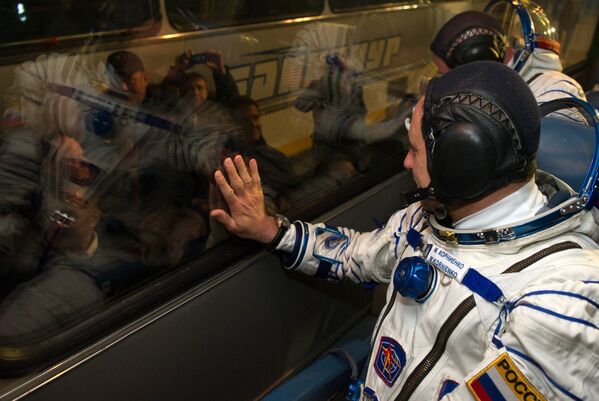
NASA's astronaut Scott Kelly of the USA is seen here at Baikonur Cosmodrome prior to the take-off of the Soyuz-FG rocket booster with Soyuz TMA-16M space ship. March 27, 2015
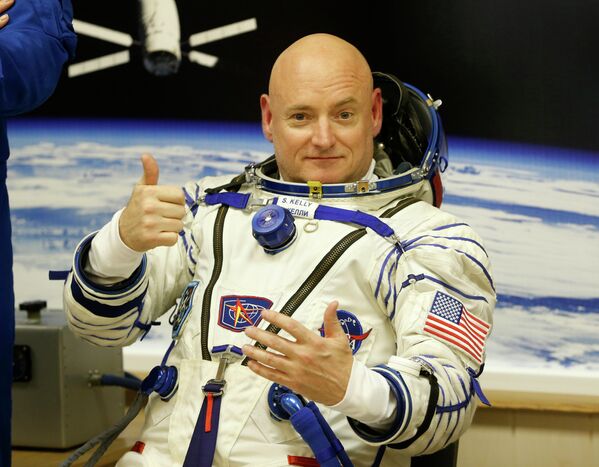
4/10
© AP Photo / Dmitry Lovetsky
US astronaut Scott Kelly, along with his identical twin brother Mark Kelly who will remain on Earth, is participating in an experiment called NASA Twin Study which is aimed at studying the impact of long-term spaceflights on human body.
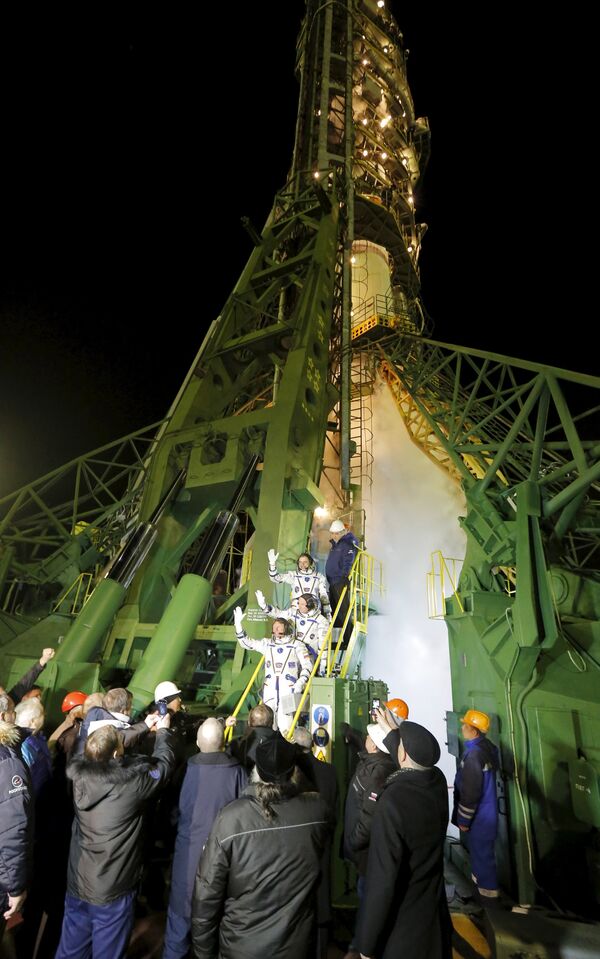
US astronaut Scott Kelly (C), Russian cosmonauts Gennady Padalka and Mikhail Korniyenko (top), wave before the launch of Soyuz-FG rocket at the Russian leased Baikonur cosmodrome in Kazakhstan. March 27, 2015
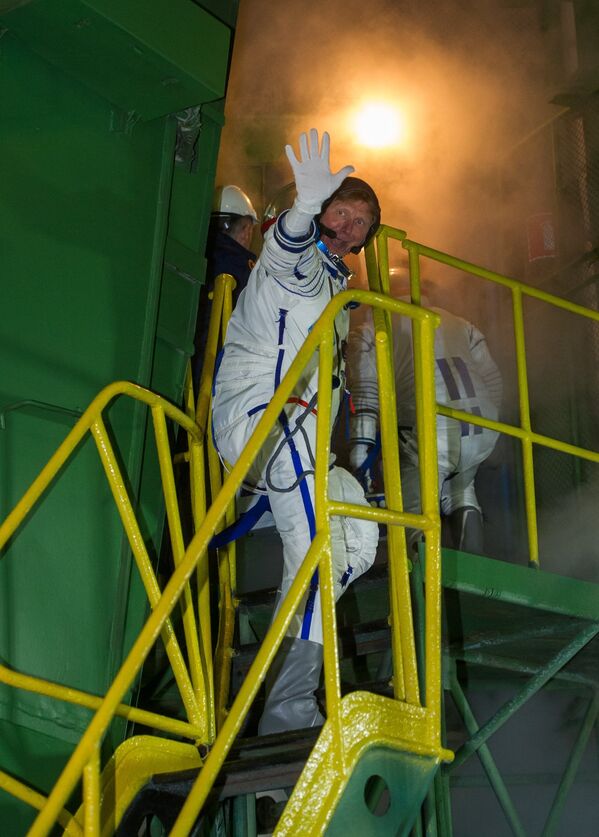
Gennady Padalka intends to set the record for the most time spent in space for a human, as he's already lived more than 710 days in space before this expedition.
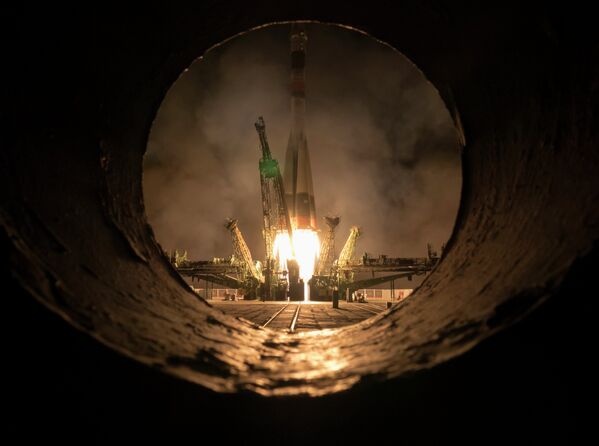
7/10
© AP Photo / Dmitry Lovetsky
Seen through part of the rocket transporter, the Soyuz-FG rocket booster with Soyuz TMA-16M space ship carrying a new crew to the ISS blasts off at the Russian leased Baikonur cosmodrome, Kazakhstan. March 28, 2015
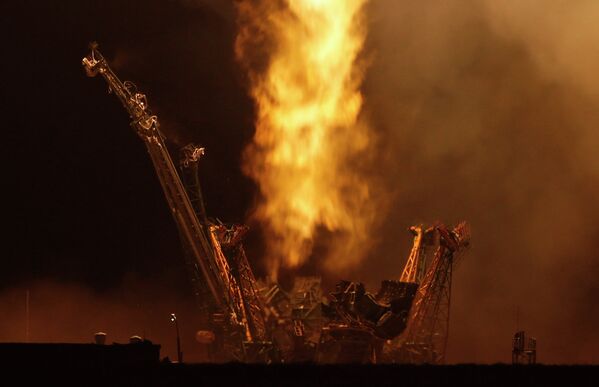
8/10
© AP Photo / Dmitry Lovetsky
Gennady Padalka is expected to stay aboard the space station for about six months.
Above: The Soyuz-FG rocket booster with Soyuz TMA-16M space ship carrying a new crew to the International Space Station, ISS, blasts off at the Russian leased Baikonur cosmodrome, Kazakhstan, Saturday, March 28, 2015
Above: The Soyuz-FG rocket booster with Soyuz TMA-16M space ship carrying a new crew to the International Space Station, ISS, blasts off at the Russian leased Baikonur cosmodrome, Kazakhstan, Saturday, March 28, 2015
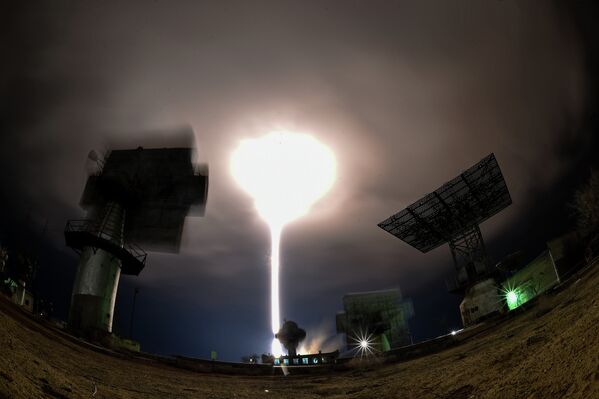
Russia's Soyuz TMA-16M spacecraft carrying the ISS crew of US astronaut Scott Kelly and Russian cosmonauts Gennady Padalka and Mikhail Kornienko blasts off from the launch pad at Russian-leased Baikonur cosmodrome. March 28, 2015
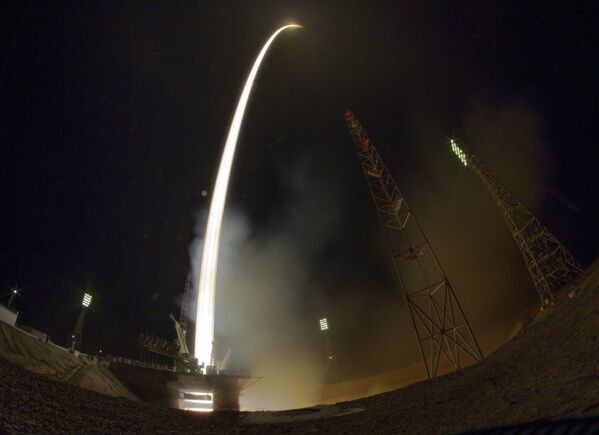
10/10
© AP Photo / Dmitry Lovetsky
Scott Kelly and Mikhail Kornienko are expected to spend nearly a year aboard the space station (342 days) - longer than anyone has previously spent on the ISS. Their return to Earth is scheduled for March 3, 2016.

